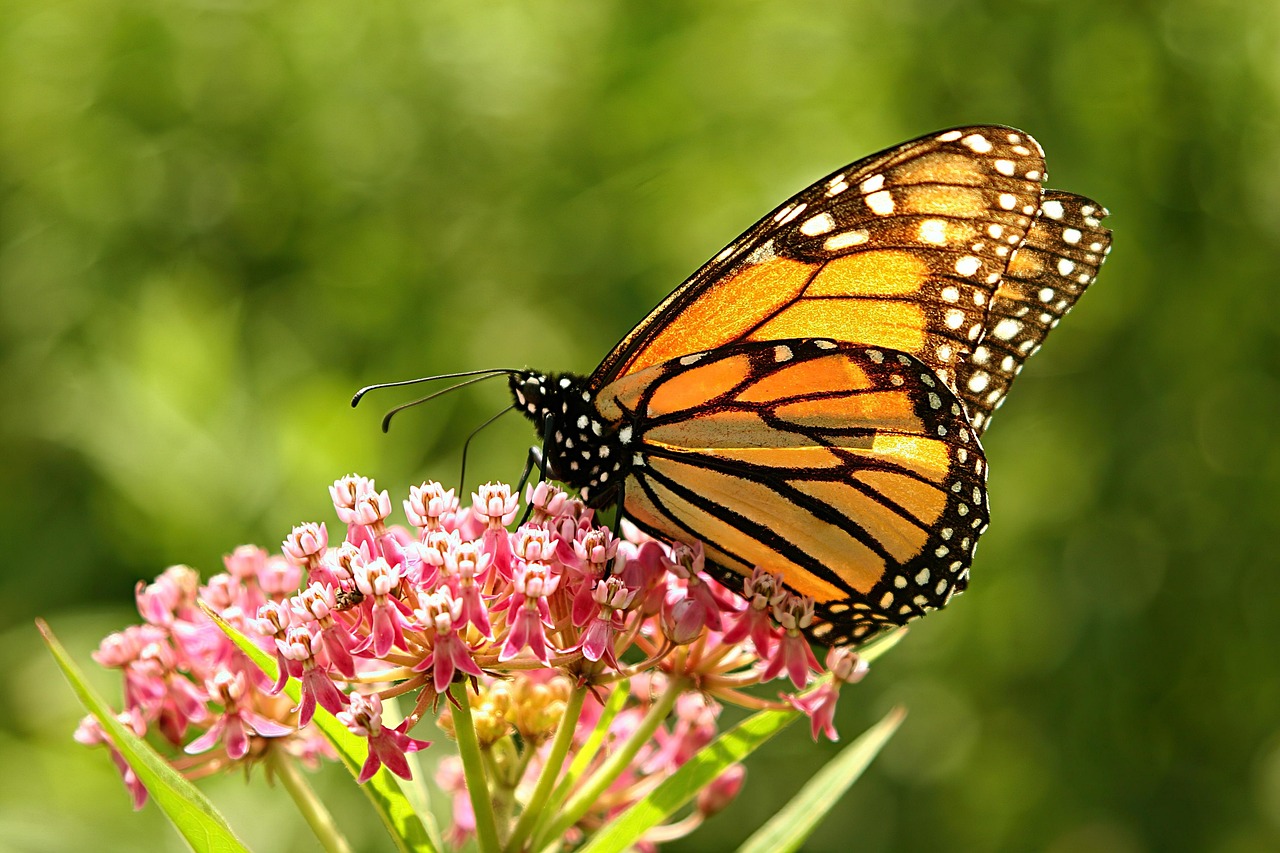
We want to give a big shoutout to the @National Stone Sand & Gravel Association (NSSGA) for hosting an insightful webinar on endangered species recently.
In December 2024, the U.S. Fish and Wildlife Service (USFWS) elevated the Monarch Butterfly’s status from a Candidate species to Proposed Threatened under the Endangered Species Act (ESA). This recognizable bright orange and black butterfly embarks on an annual migration—traveling from the northern U.S. and Canada to its wintering sites in the Sierra Madre Mountains of Mexico (eastern population) or coastal California (western population).
Since the 1980s, Monarch populations have plummeted by an alarming 80-95%, primarily due to habitat loss across both the U.S. and Mexico. The widespread use of insecticides and herbicides on pollinator plants has further intensified the decline, putting this species in jeopardy.
The public comment period for the Monarch Butterfly’s proposed listing as a threatened species is open until March 12, 2025. This is a pivotal opportunity for individuals, organizations, and stakeholders to share their perspectives and contribute to conservation efforts. If listed, Monarchs will receive protections under Section 4(d) of the ESA. These protections are designed to be flexible, including exemptions for activities such as routine land management, pesticide use, vehicle strikes, and non-lethal scientific and/or educational use of the Monarch species.
Enrollment is also open for the Nationwide Monarch Butterfly Candidate Conservation Agreement with Assurances (CCAA) for Energy and Transportation Lands. This program encourages energy companies and transportation agencies to undertake conservation practices while continuing routine operations and maintenance on lands they manage.
Protecting the Monarch Butterfly isn’t just about saving an iconic species—it’s about preserving the delicate balance of ecosystems that depend on pollinators. Efforts like those led by NSSGA and USFWS highlight the power of collective action in addressing pressing environmental challenges.

Photo credit:
Westward – Copyright 2024